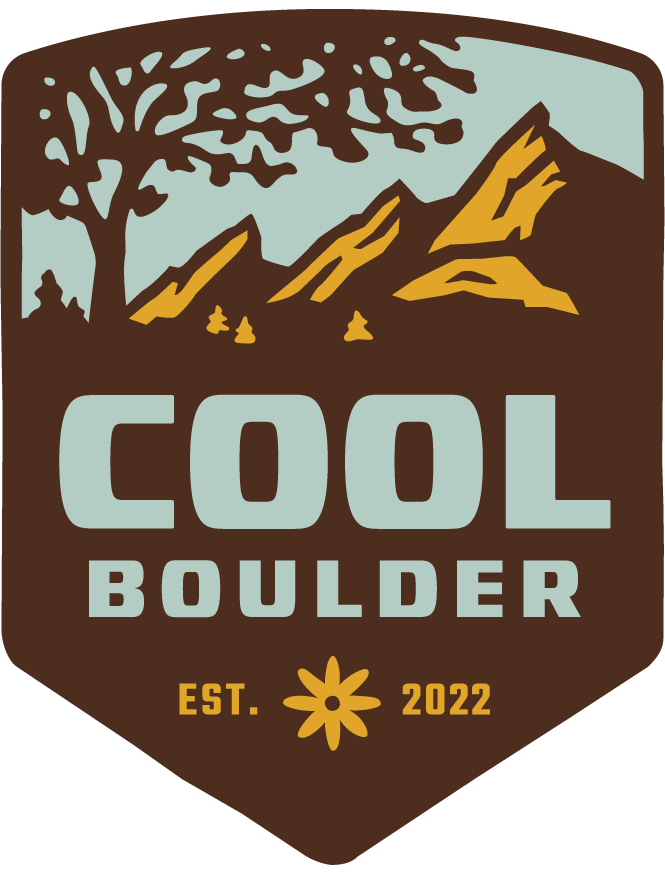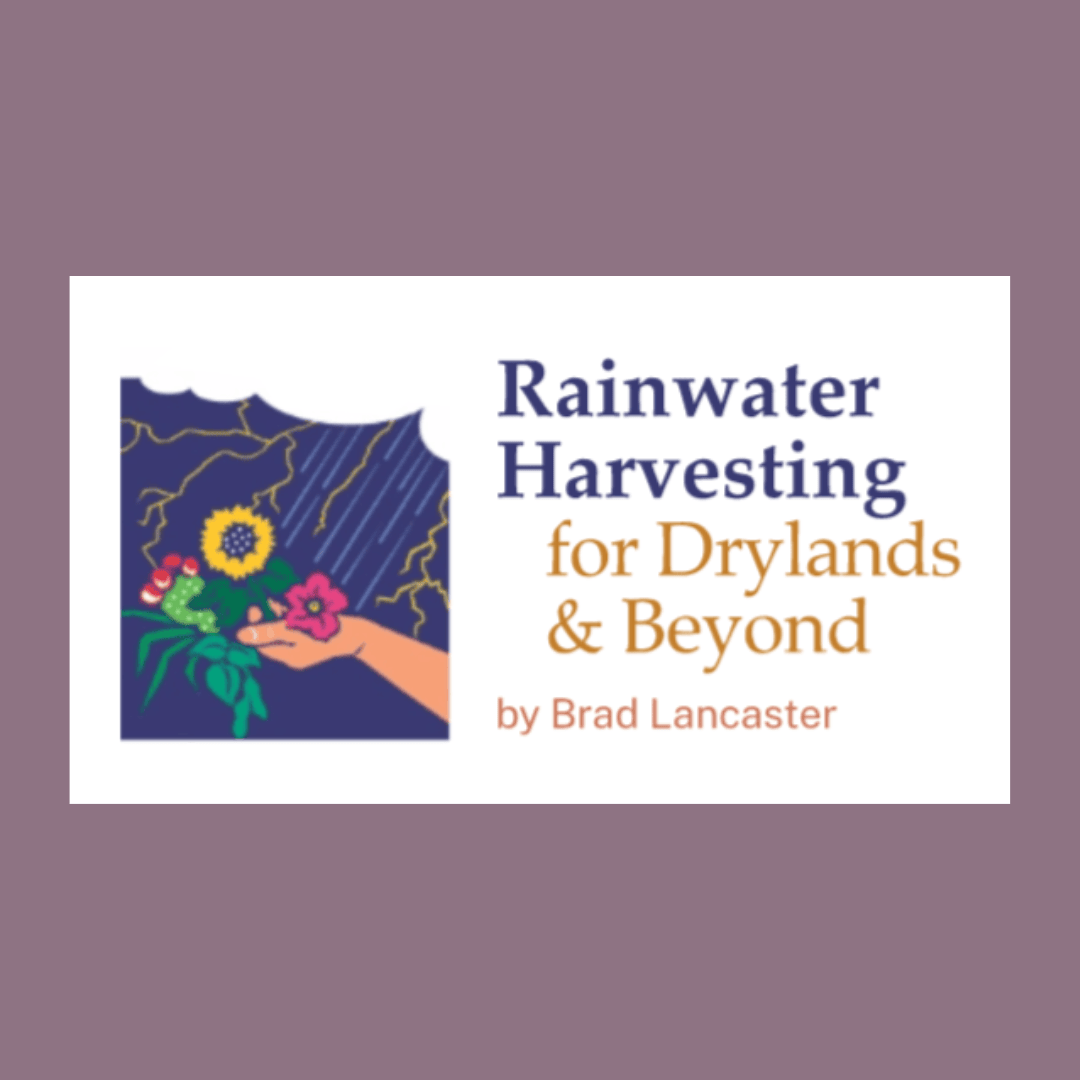Rainwater Planting Resources
(Compiled by Brad Lancaster)
Want to learn more about planting the rain to create more vibrant, climate resilient landscapes?
See below for some resources compiled by author and rainwater planting expert, Brad Lancaster!
Green Infrastructure Resources - Compiled for Boulder, CO by Brad Lancaster
Plant Water Need Calculator: (four images below)
1st image: 2nd image:
3rd image: 4th image:
“Green stormwater infrastructure in a semi-arid climate: The influence of rain gardens on soil moisture over seven years” by Aaron T. Kauffman of Southwest Urban Hydrology and Cody L. Stropki in The Western Planner. November 7, 2022
Study showing superiority of organic-matter mulched rain gardens vs. rock or gravel mulched rain gardens:
Pavao-Zuckerman, M.A., and Sookhdeo C., “Nematode Community Response to Green Infrastructure Design in a Semi-Arid City.” Journal of Environmental Quality 46(3):687-694 (2017).
First street-runoff harvesting curb core in Colorado Springs
Augmentation Plan – allowing for rainwater tanks larger than 100-gallon capacity:
You can get permission to harvest rainwater in tanks well above 100-gallon capacity if you get “Augmentation Plan” approved by the water owner/provider such as the City of Denver water department.
They have a limited municipal water supply and they want you to harvest water to make their municipal supplies go further.
This is from Denver landscape architect/designer T. Barnabas Kane (barnabas@newwestworkshop.com), who has successfully applied such augmentation plans.
A Good Road Lies Easy on the Land – Water Harvesting from Low-Standard Rural Roads by Bill Zeedyk
More passive water harvesting (NO TANK) systems guides by Bill Zeedyk
Appendix 1 - water levels, A-frame levels, and laser levels from Volume 2, 2nd Edition
Appendix 2 - water-harvesting earthworks calculations from Volume 2, 2nd Edition
Rainwater Harvesting for Drylands and Beyond books by Brad Lancaster
Resources from Tucson, Arizona:
Minimum ½ -inch rainfall to be absorbed in roadway or adjoining right-of-way.
At least 50% of commercial landscape irrigation needs must be met by absorbed on-site rainwater.
Xóchitl Coronado-Vargas, Tucson Storm to Shade Program:
This is filed with all permits.
Resources from Denver, Colorado:
Resources from Portland, Oregon:
Dave Elkin, former City of Portland Landscape Architect, Sustainable Stormwater Management:
Email: dave@juncusstudio.com
Resources from Seattle, Washington:
Greywater Harvesting Resources:
State of Colorado, Department of Public Health and Environment, Water Quality Control Commission:
3-way diversion valves or laundry multi-drain pipes allowing for convenient control of diversion of water to landscape or sewer/septic.
Laundry to Landscape System – uses pump in washing machine to distribute laundry greywater via special “drip” irrigation system to landscape:
Simple & Effective Gravity-fed Greywater Harvesting Systems Legalized in Utah - and How You Can Help Make Such Change Where You Are
Resources from Boulder, Colorado area:
Creighton Hofeditz, is actively planting rain garden foodscapes in Denver and beyond through his job.
Has water harvesting demos - talk to Mikl if you can, he's extremely knowledgeable about the area flora and landscapers as well.
Permaculture landscapers/designers:
Matrix Gardens - Boulder, CO
Ecoscape Design - Boulder, CO
United Ecology - Longmont, CO
Padden Permaculture - Fort Collins, CO
Kelly Bull – Colorado Springs, CO
T. Barnabas Kane (landscape architect/designer) – Denver, CO
Craig Sponholtz, Watershed Artisans – Santa Fe, NM





